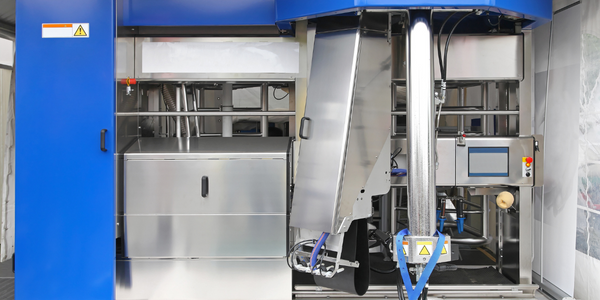Customer Company Size
Large Corporate
Region
- America
Country
- United States
Product
- Acumatica Financial Management
- Acumatica Distribution Management
Tech Stack
- ERP
- Web-based
Implementation Scale
- Enterprise-wide Deployment
Impact Metrics
- Cost Savings
- Productivity Improvements
- Revenue Growth
Technology Category
- Functional Applications - Enterprise Resource Planning Systems (ERP)
Applicable Industries
- Agriculture
Applicable Functions
- Procurement
- Sales & Marketing
Use Cases
- Inventory Management
- Supply Chain Visibility
Services
- System Integration
About The Customer
Seville Farms is a horticulture wholesaler based in Fort Worth, Texas, with several greenhouse facilities around Texas. The company grows millions of live plants, including annuals, perennials, grasses, ground cover, and tropical plants, to sell to large retailers in Texas and neighboring states. The company has 650 year-round employees, which increases to 1500 during the spring growing season. Seville Farms' sales territory includes Texas, Louisiana, Arkansas, and Oklahoma. The company was founded in 1993 and experienced a 40% growth in sales in the 18 months after switching to Acumatica from QuickBooks and specialized software in 2011.
The Challenge
Seville Farms, a horticulture wholesaler, was using a combination of QuickBooks and specialized software designed for the plant-growing industry. However, the financial software was extremely limited and difficult to customize. The system would also shut down unexpectedly, causing some accounts to get out-of-balance. After migrating to a new sales inventory software, they needed a financial management product that could integrate with the new software. One of the critical requirements was the ability to handle 52 periods, as the industry is driven by the week.
The Solution
Seville Farms chose Acumatica's Financial Management and Distribution Management suites. Acumatica was able to handle 52 periods, which was a critical requirement for Seville Farms. The company also appreciated that Acumatica was web-based and did not require additional user fees for connecting up to 10 companies. The integration of Acumatica with their specialized sales order/inventory system saved a significant amount of time and improved control. The company was also able to track their Accounts Payable by employee, manage individual staff's productivity with objective measurements, and handle purchase orders for about 29 million plants.
Operational Impact
Quantitative Benefit

Case Study missing?
Start adding your own!
Register with your work email and create a new case study profile for your business.
Related Case Studies.
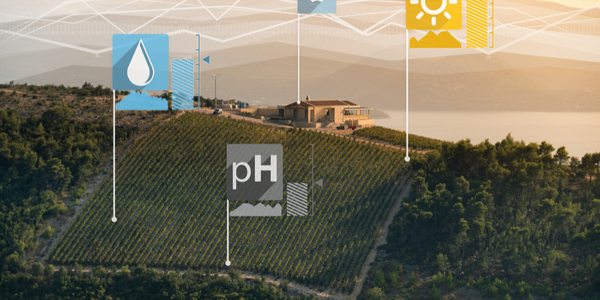
Case Study
Intelligent Farming with ThingWorx Analytics
Z Farms was facing three challenges: costly irrigation systems with water as a limited resource, narrow optimal ranges of soil moisture for growth with difficult maintenance and farm operators could not simply turn on irrigation systems like a faucet.
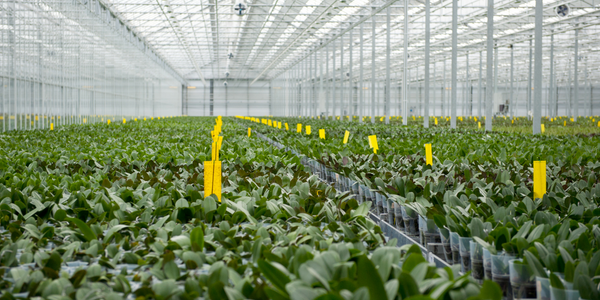
Case Study
Greenhouse Intelligent Monitoring and Control Solution
Farming Orchids is the most successful form of precision farming in Taiwan, and also the most exported flower. Orchids need a specific temperature and humidity conditions to grow and bloom, and its flowering time may not be in line with market demands, so the price collapses when there is overproduction. Therefore, some farmers began to import automated greenhouse control systems for breeding and forcing, which not only improves quality, but also effectively controls the production period and yield to ensure revenue. In 2012, an orchid farmer built a Forcing Greenhouse of about 200 pings (approximately 661 Square Meters) in Tainan, Taiwan. The system integrator adopted Advantech’s APAX-5000 series programmable automation controllers to build the control platform, coupled with Advantech WebAccess HMI/SCADA software, to achieve cloud monitoring. The staff of the orchid field can monitor important data anytime via smart phone, iPad, and other handheld devices, and control the growth and flowering conditions. System requirements: In the past, most environmental control systems of orchid greenhouses in Taiwan used PLCs (Programmable Logic Controller) with poorscalability and control, and could not be connected to the Internet formonitoring from the cloud. For advanced database analysis and networking capability, the PC platform must be adopted. Therefore, PAC Systems (Programmable Automation Controller) with both PLC programming capabilities andPC functions is a better choice.The environmental control of the Orchid greenhouse switches on and off devices like fan, shade net, cooling/heat pump, liquid flow control, water-cooling wall etc. It is controlled by a control panel of electric controllers, and is driven by a motor, to adjust the greenhouse temperature, humidity, and other environmental conditions to the set parameters.
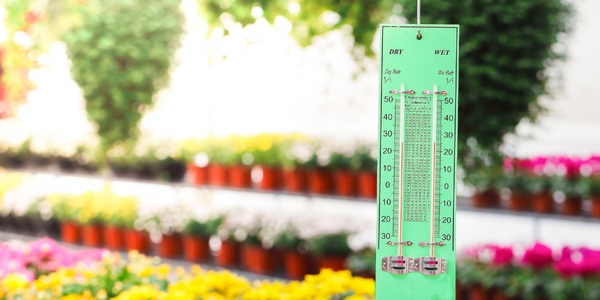
Case Study
Precision beekeeping with wireless temperature monitoring
Honeybees are insects of large economic value and provide a vital service to agriculture by pollinating a variety of crops. In addition, bees provide us with valuable products such as honey, beeswax, propolis, bee venom, etc. Monitoring of honeybee colony health, population, productivity, and environmental conditions affecting the colony health have always been exceedingly difficult tasks in apiculture. Research has shown that even small deviations (by more than 2°C) from the optimal temperatures have a significant influence on the development of the brood and the health of adult bees.
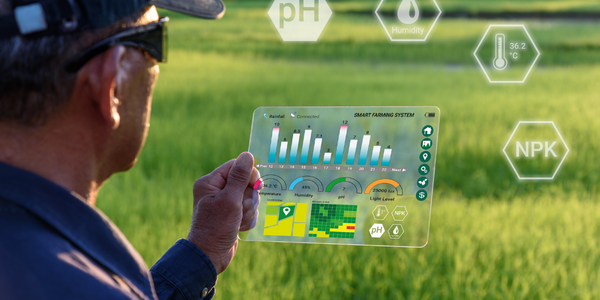
Case Study
Enabling Internet of Things Innovation in Agriculture
DigiBale, wanted to apply technology know-how and IP from implementations successfully to more agriculture sectors including cotton, forestry, sugarcane and cattle. However, farmers and growers still have worries about the connected technology.








